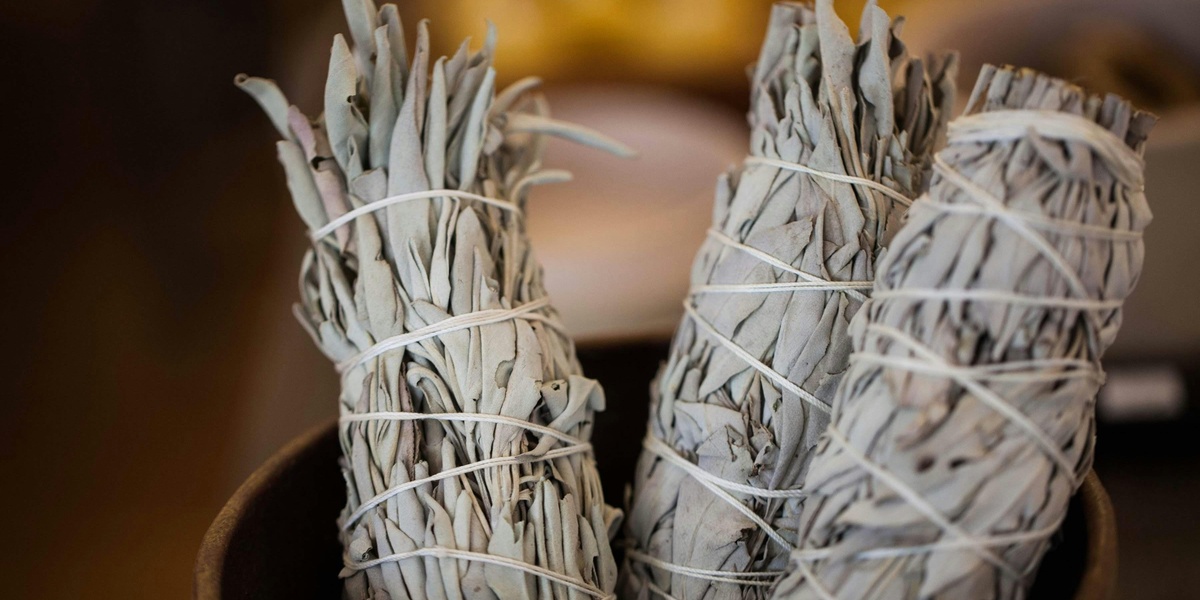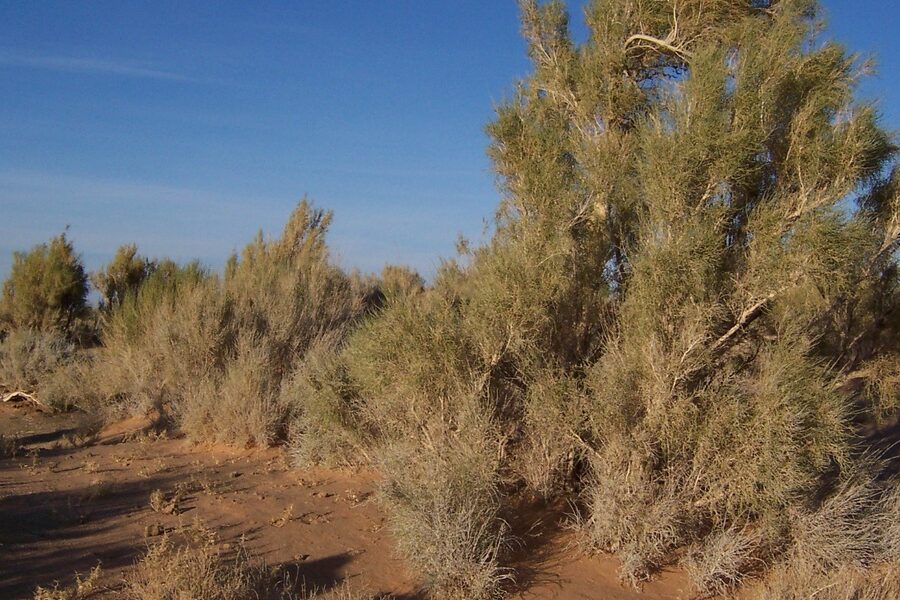In gardens, meadows and traditional medicine contexts, pale-flowered and light-foliaged plants often play subtle but important roles for pollinators, cuisine and remedies. Spotting them adds a quiet layer of interest to walks and plant study.
There are 45 white herbs, ranging from American Ginseng to Yarrow; for each, the data is listed as Scientific name,White trait,Native region — you’ll find below.
How can I reliably identify these white herbs in the field?
Start with visible traits—flower color, leaf shape, scent and growth habit—then confirm with the Scientific name,White trait,Native region entries below or a local field guide; photos and bloom time help, and when in doubt don’t harvest.
Are these white herbs generally safe to use medicinally?
Safety varies widely: some species (e.g., American Ginseng) have established uses while others can be toxic or interact with medications—always check species-specific information, consult reputable sources, and speak with a healthcare professional before use.
White Herbs
| Name | Scientific name | White trait | Native region |
|---|---|---|---|
| Yarrow | Achillea millefolium | Dense, flat-topped clusters of small white flowers. | Europe, Asia, and North America. |
| German Chamomile | Matricaria recutita | Small, daisy-like flowers with white petals and a prominent yellow center. | Europe and Western Asia. |
| Elderflower | Sambucus nigra | Large, fragrant, lace-like clusters (umbels) of creamy-white flowers. | Europe, North Africa, and parts of Asia. |
| Horseradish | Armoracia rusticana | A large, pungent, and spicy white taproot. | Southeastern Europe and Western Asia. |
| Garlic | Allium sativum | The entire edible bulb is composed of distinct white cloves. | Central Asia and northeastern Iran. |
| White Sage | Salvia apiana | Distinctive silvery-white foliage with a powerful aromatic scent. | Southwestern United States and northwestern Mexico. |
| Coriander | Coriandrum sativum | Delicate, airy clusters of small white to pale pink flowers. | Southern Europe, North Africa, and Southwestern Asia. |
| Valerian | Valeriana officinalis | Clusters of small, sweet-scented white or pale pink flowers. | Europe and parts of Asia. |
| Feverfew | Tanacetum parthenium | Abundant, small, daisy-like white flowers with yellow centers. | Balkan Peninsula, Anatolia, and Caucasus. |
| Marshmallow | Althaea officinalis | Pale white-to-pink five-petaled flowers and a whitish, mucilaginous root. | Europe, Western Asia, and North Africa. |
| Meadowsweet | Filipendula ulmaria | Frothy, cloud-like clusters of fragrant, creamy-white flowers. | Most of Europe and Western Asia. |
| Boneset | Eupatorium perfoliatum | Dense, flat-topped clusters of small, fuzzy white flowers. | Eastern and Central North America. |
| White Horehound | Marrubium vulgare | Small white flowers arranged in whorls along the stem; woolly, whitish-gray leaves. | Europe, northern Africa, and southwestern Asia. |
| Black Cohosh | Actaea racemosa | Tall, dramatic spires (racemes) of small, fragrant, creamy-white flowers. | Eastern North America. |
| Jasmine | Jasminum officinale | Intensely fragrant, star-shaped pure white flowers. | Caucasus, northern Iran, and Western China. |
| Sweet Woodruff | Galium odoratum | Small, delicate, star-shaped white flowers blooming above whorled leaves. | Europe, North Africa, and Northern Asia. |
| Dandelion | Taraxacum officinale | The iconic fluffy white seed head (pappus) that disperses in the wind. | Eurasia and North America. |
| American Ginseng | Panax quinquefolius | A gnarled, light tan to whitish root, often forked like a human figure. | Eastern North America. |
| Queen Anne’s Lace | Daucus carota | Large, flat-topped, lace-like white flower umbels, often with a dark central floret. | Temperate regions of Europe and southwest Asia. |
| Chickweed | Stellaria media | Tiny, star-like white flowers with five deeply notched petals. | Native to Eurasia, widespread globally. |
| Hawthorn | Crataegus monogyna | Abundant clusters of five-petaled white flowers in spring. | Europe, northwest Africa, and western Asia. |
| Anise | Pimpinella anisum | Small, star-like white flowers arranged in delicate, umbrella-shaped clusters (umbels). | Eastern Mediterranean region and Southwest Asia. |
| Caraway | Carum carvi | Clusters of tiny white or pinkish flowers on tall stalks. | Western Asia, Europe, and North Africa. |
| Angelica | Angelica archangelica | Large, globe-like umbels composed of many tiny greenish-white flowers. | Northern temperate regions of Europe and Asia. |
| Comfrey | Symphytum officinale | Drooping clusters of bell-shaped, creamy-white to purplish flowers. | Europe and Asia. |
| Onion | Allium cepa | A crisp, pungent bulb with white or yellowish flesh, and a globe of white flowers. | Likely originated in Central Asia. |
| Linden | Tilia spp. | Incredibly fragrant clusters of pale, creamy-white flowers with a leaf-like bract. | Temperate Northern Hemisphere. |
| Galangal | Alpinia galanga | A hard, woody rhizome with a pale white to pinkish skin and a sharp, citrusy flavor. | Southeast Asia. |
| White Dead-nettle | Lamium album | Whorls of white, two-lipped flowers resembling a nettle, but without the sting. | Europe and Asia. |
| Bloodroot | Sanguinaria canadensis | A solitary, pristine white flower with 8-12 petals that emerges in early spring. | Eastern North America. |
| Milk Thistle | Silybum marianum | Seeds are topped with a silky tuft of white hairs (pappus) that aids wind dispersal. | Southern Europe through to Asia. |
| White Clover | Trifolium repens | Globular flower heads composed of many small, sweet, white florets. | Europe and Central Asia. |
| Cleavers | Galium aparine | Tiny, star-shaped white flowers that grow from the leaf axils. | Native to Europe and parts of Asia and North America. |
| Garlic Mustard | Alliaria petiolata | Clusters of small, four-petaled white flowers that bloom in spring. | Europe, Asia, and northwestern Africa. |
| Watercress | Nasturtium officinale | Small clusters of four-petaled white flowers. | Europe and Asia. |
| Wasabi | Eutrema japonicum | The pungent, thick stem (rhizome) is pale green, but it produces small white flowers. | Japan, Korea, and Russian Far East. |
| Arrowroot | Maranta arundinacea | The starchy white powder processed from the plant’s rhizome. | Tropical regions of the Americas. |
| Astragalus | Astragalus propinquus | The long taproot has a yellowish-white interior. | Northern and eastern parts of China. |
| Lemon Balm | Melissa officinalis | Small, inconspicuous two-lipped white flowers that are highly attractive to bees. | South-central Europe, the Mediterranean Basin, and Central Asia. |
| Stevia | Stevia rebaudiana | Tiny, delicate white flowers that appear in late summer. | Paraguay and Brazil. |
| Sweet Cicely | Myrrhis odorata | Large, fern-like leaves and attractive umbels of delicate white flowers. | Central and Southern Europe. |
| Wintergreen | Gaultheria procumbens | Nodding, bell-shaped white or pale pink flowers that grow beneath the leaves. | Eastern North America. |
| White Mustard | Sinapis alba | The seeds are a very light tan or yellowish-white color. | Mediterranean region. |
| White Willow | Salix alba | Silvery-white hairs on the underside of its leaves give the tree a white appearance. | Europe and Western and Central Asia. |
| Wormwood | Artemisia absinthium | The entire plant is covered in fine, silky hairs, giving it a distinct silvery-white sheen. | Temperate Eurasia and Northern Africa. |
Images and Descriptions
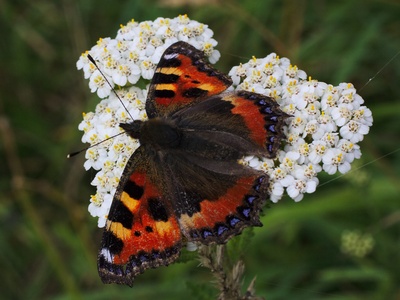
Yarrow
A classic meadow herb with feathery leaves, used in herbal medicine to aid digestion and stop bleeding. It’s a hardy, drought-tolerant perennial that thrives in full sun and attracts beneficial insects. Use with caution during pregnancy.
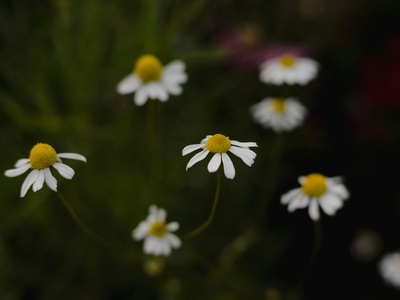
German Chamomile
Famous for its calming properties in tea, this gentle, apple-scented herb helps with sleep and digestion. An easy-to-grow annual that self-seeds readily in sunny spots. May cause allergic reactions in those sensitive to the daisy family.
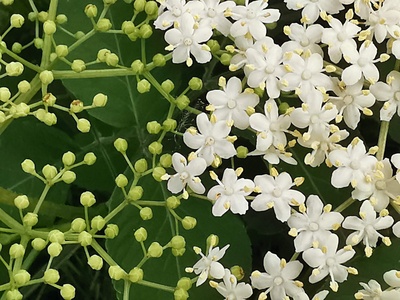
Elderflower
The blossoms of the elder shrub are used for fragrant cordials, teas, and desserts, and valued for immune support. Berries are also used but must be cooked. Unripe or raw parts of the plant are toxic.
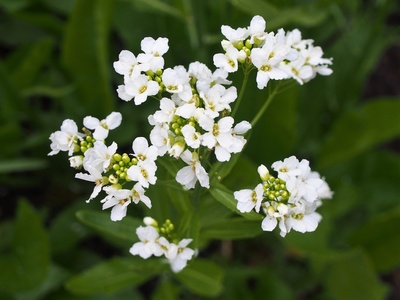
Horseradish
This root is famously grated for its fiery condiment, with a history of medicinal use as a decongestant. A vigorous perennial that can be invasive; best grown in a container. Its oils can irritate skin and eyes.

Garlic
A fundamental culinary and medicinal herb, prized for its pungent flavor and cardiovascular health benefits. Easy to grow from a single clove planted in fall or spring. Can cause digestive upset in some individuals.

White Sage
A sacred herb in many Indigenous American cultures, used in cleansing and purification rituals (smudging). This drought-tolerant perennial requires full sun and well-drained soil. Harvest sustainably and with respect.

Coriander
This plant offers two distinct flavors: leaves (cilantro) and dried seeds (coriander). Flowers are also edible with a mild flavor. A fast-growing annual that prefers cooler weather to prevent premature flowering (bolting).
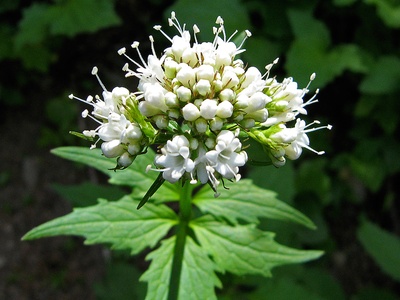
Valerian
The root of this plant is a well-known herbal sedative used to promote sleep and reduce anxiety. The drying root has a famously pungent odor. A hardy perennial that prefers moist soil. Consult a health professional before use.
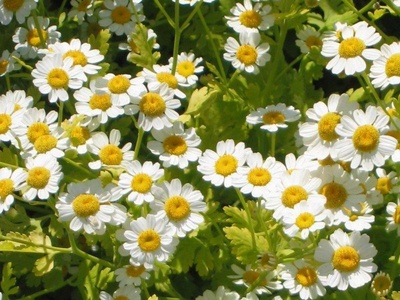
Feverfew
Traditionally used to prevent migraines and reduce inflammation. This short-lived perennial has a strong, bitter scent and taste. It self-seeds easily and grows well in full sun. Avoid during pregnancy.

Marshmallow
The root is used to soothe sore throats, coughs, and digestive inflammation due to its high mucilage content. A tall perennial that thrives in moist, sunny locations. Generally considered safe but can affect absorption of other medications.

Meadowsweet
A fragrant herb with a history of use for pain and inflammation, containing compounds similar to aspirin. Used to flavor drinks and desserts. Grows best in damp meadows or near water. Avoid if allergic to aspirin.
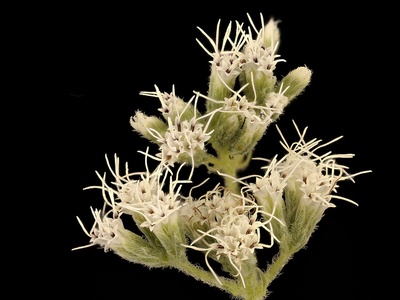
Boneset
A traditional Native American remedy, historically used to treat fevers, flu, and broken bones (hence the name). A moisture-loving perennial with a bitter taste. Use with caution and under professional guidance, as it contains liver-toxic alkaloids.

White Horehound
A classic bitter herb used in cough drops and syrups to soothe sore throats and act as an expectorant. A hardy, drought-tolerant perennial that grows well in poor soil. Use in moderation.
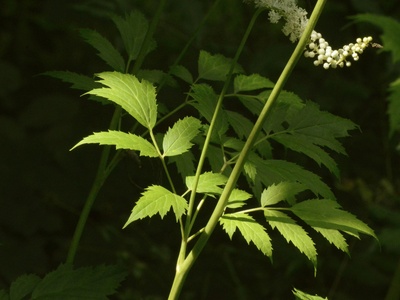
Black Cohosh
The root is a popular herbal supplement for relieving menopausal symptoms like hot flashes. A shade-loving woodland perennial that adds height to the garden. Should be used with medical supervision due to potential liver effects.
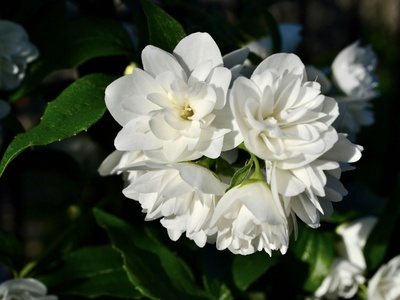
Jasmine
The flowers are infused into teas and used in aromatherapy for their calming, uplifting scent. A climbing vine that requires support and a warm, sheltered location. Ensure you use the correct, non-toxic species.
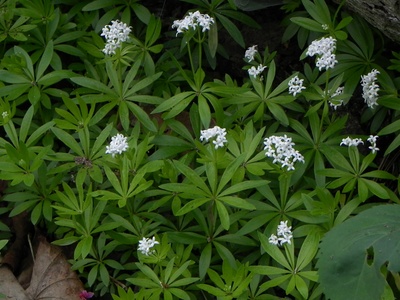
Sweet Woodruff
When dried, the leaves emit a sweet scent of fresh hay and vanilla, used to flavor beverages and in potpourri. A lovely, spreading groundcover for shady, moist areas. Contains coumarin, so use sparingly.
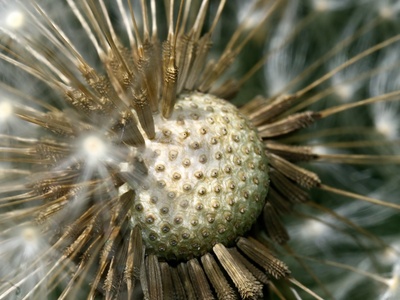
Dandelion
While the flower is yellow, the white seed head is a key feature. All parts are edible and medicinal, used for liver support and as a diuretic. A common weed that is a valuable and resilient herb.
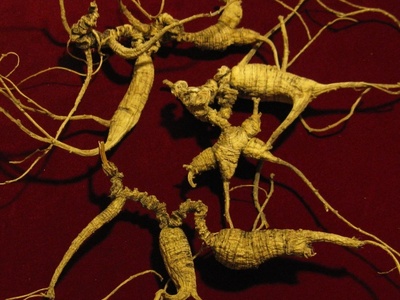
American Ginseng
A highly valued medicinal root used as an adaptogen to help the body manage stress and boost energy. A slow-growing, shade-loving woodland plant. Overharvesting is a major concern; purchase from cultivated sources.
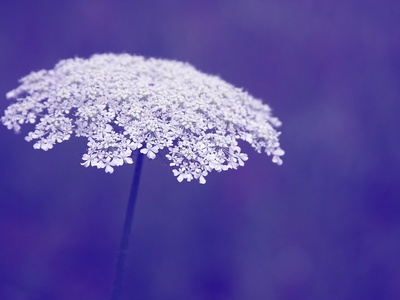
Queen Anne’s Lace
Also known as wild carrot, its root is edible when young and its seeds are used as a digestive aid. A common biennial field plant. Be certain of identification, as it resembles poisonous hemlock.
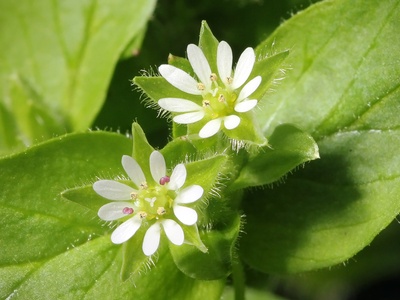
Chickweed
A common garden “weed” that is a nutritious and cooling culinary green for salads and a soothing medicinal herb for skin irritations. This low-growing annual thrives in cool, moist conditions.
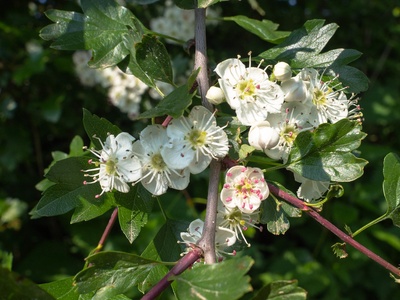
Hawthorn
The flowers, leaves, and berries of this thorny shrub are used in herbal medicine to support heart health and circulation. A hardy, resilient plant often found in hedgerows. Consult a professional for cardiac conditions.

Anise
The seeds of this annual plant have a distinct licorice flavor, used in baking, liqueurs, and as a digestive aid. It requires a long, warm growing season to produce seeds.

Caraway
The crescent-shaped seeds are the prize, known for their pungent flavor in rye bread, cheeses, and cabbage dishes. A biennial plant that produces leaves the first year and flowers/seeds the second.
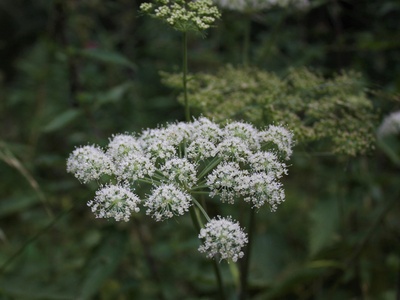
Angelica
A majestic herb whose stems can be candied and seeds/roots used for flavoring liqueurs and supporting digestion. A large biennial or short-lived perennial that loves cool, damp soil.
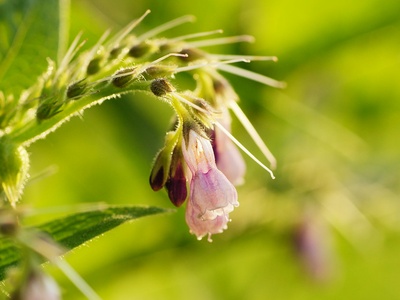
Comfrey
The leaves and roots are famously used externally in poultices and salves to speed the healing of wounds and broken bones. A fast-growing perennial. Internal use is restricted due to potential liver toxicity.
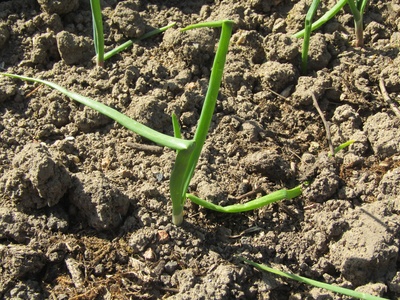
Onion
A culinary staple worldwide, the bulb is used for its sharp flavor and medicinal properties, including antimicrobial effects. Easy to grow from sets or seeds in well-drained, sunny locations.

Linden
The flowers are dried to make a gentle, pleasant-tasting tea used to soothe nerves, reduce anxiety, and support sleep. A large deciduous tree, often planted in cities for its beauty and scent.
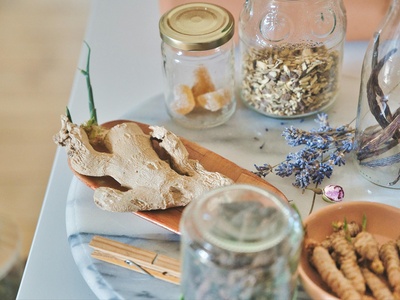
Galangal
A key ingredient in many Asian cuisines, related to ginger but with a more peppery, pine-like taste. Also used in traditional medicine. A tropical perennial that requires heat and humidity to thrive.
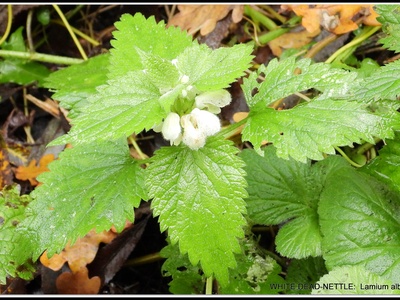
White Dead-nettle
The young leaves are edible, and the flowers are used in herbal teas for their astringent and expectorant properties. A common perennial weed found in moist, disturbed soils.

Bloodroot
A potent medicinal herb with a blood-red root, used traditionally as a dye and in tiny doses for respiratory issues. A beautiful but toxic woodland ephemeral. For external or professional use only.
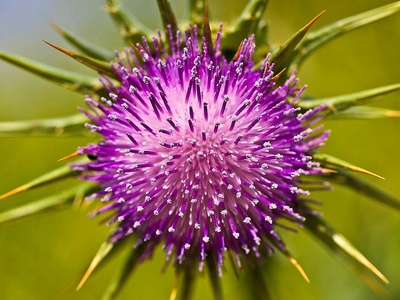
Milk Thistle
While the flower is purple, the seeds with their white pappus are the medicinal part, renowned for protecting and supporting liver function. A striking biennial with spiny, white-veined leaves.

White Clover
The flower heads are edible and can be dried for a mildly sweet tea, traditionally used as a blood purifier. A common lawn plant and nitrogen-fixer, it’s a resilient and useful herb.
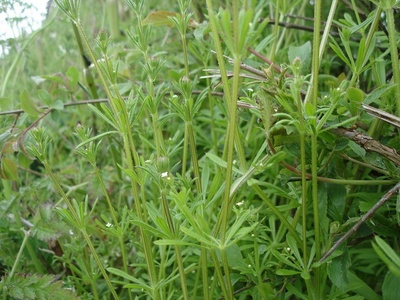
Cleavers
A “weedy” herb known for its clinging stems, used by herbalists as a spring tonic and lymphatic system cleanser. This sprawling annual is best used fresh in juices or tinctures.
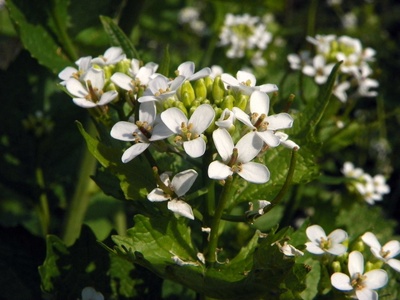
Garlic Mustard
An invasive but edible herb with a garlicky-mustard flavor, great in pestos and salads. All parts are edible. A biennial plant that can be identified by its distinctive scent when crushed.
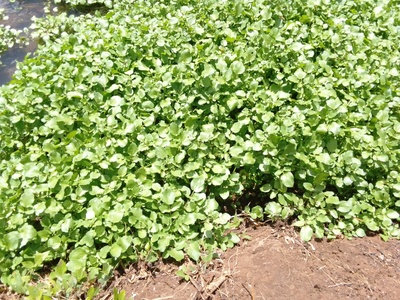
Watercress
A peppery aquatic plant packed with nutrients, used in salads, soups, and sandwiches. Known for its detoxifying properties. A fast-growing perennial that requires clean, moving water to thrive.

Wasabi
The rhizome is grated into the spicy green paste famous in Japanese cuisine. Also has antimicrobial properties. A notoriously difficult-to-grow semi-aquatic perennial that requires shade and cool, running water.
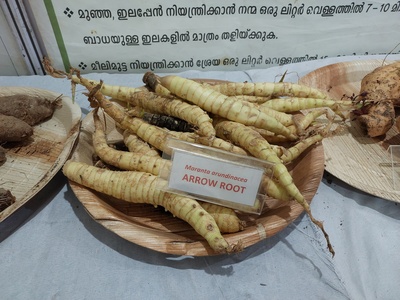
Arrowroot
The rhizome yields a fine white starch used as a gentle, easily digestible thickener in foods and for soothing the digestive tract. A tropical perennial that requires a warm, humid climate.
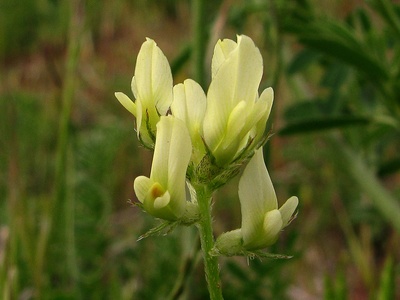
Astragalus
A foundational herb in Traditional Chinese Medicine, the root is used to boost the immune system and increase energy. A hardy perennial that takes several years to mature for harvest.

Lemon Balm
A member of the mint family with a wonderful lemon scent, used in teas to calm the nerves and lift the spirits. A very easy-to-grow perennial that can spread vigorously in the garden.
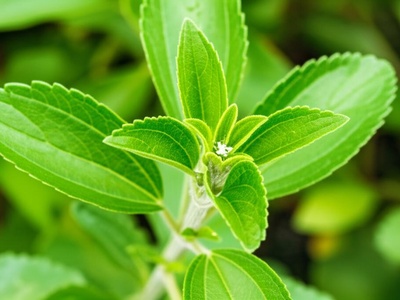
Stevia
The leaves of this plant are used as a natural, zero-calorie sweetener. The flowers signal that the leaves are at their sweetest. A tender perennial that is often grown as an annual in cooler climates.

Sweet Cicely
Every part of this plant has a sweet anise flavor, used as a sugar substitute in desserts and fruit dishes. A beautiful, hardy perennial for partial shade and moist soil.
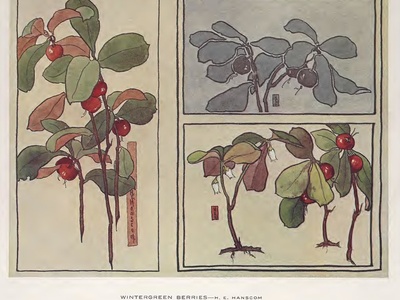
Wintergreen
The leaves and berries have a strong “wintergreen” scent and flavor, used in teas and as a source of methyl salicylate for pain relief. A low-growing, evergreen groundcover for acidic, shady areas.
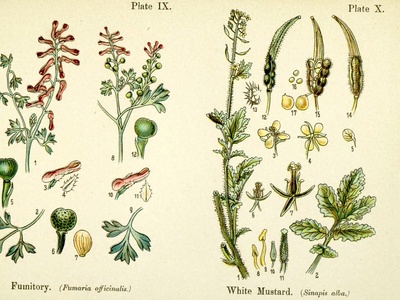
White Mustard
The seeds are ground to make the classic yellow table mustard and are less pungent than brown or black mustard seeds. The plant itself has yellow flowers. An easy-to-grow annual cover crop.

White Willow
The bark is a famous medicinal herb, being the original source of salicin, the compound from which aspirin was developed. Used for pain and fever relief. A large, water-loving tree.
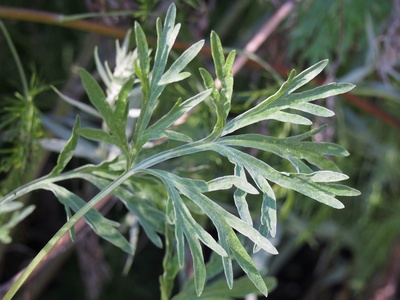
Wormwood
A highly aromatic and intensely bitter herb, famously used to flavor absinthe and vermouth. Also used medicinally as a digestive bitter. A hardy perennial for full sun. Use with extreme caution.
